To be sure, art largely includes the subjective standard. Various artworks have at times divided the audience with their controversial aesthetics. The sculptures below can be said to belong to this category because they were not classical sculptures. They are completely different from the usual, stand out with their aesthetics and hide interesting stories.
1. “Expansion” – Paige Bradley – New York
The first on the list is well known and is a cracked statue depicting a woman in a meditative position with light streaming from the cracks in her torso.

Various icons
The given name is not at all accidental. Expansion means expansion. One of the most prevalent interpretations of the statue’s symbolism is that the artist wanted to capture the brilliance we have within us buried and limited by what ought to be, other people’s expectations and misunderstandings.
The story behind the idea and its implementation
Paige Bradley stated that she conceived the idea for this statue when she first moved to Manhattan, when it was difficult for artists to find a place, and space, to display their work, so many of them began teaching.
She herself felt that in order to survive in the space, she would have to give up the final skills she had developed until then and trust in the process of creating art. She felt she had to discover the true essence of her art and find what she wanted to say. To demolish its foundations and demolish its walls.
Watch the video: “Expansion” – Paige Bradley – New York
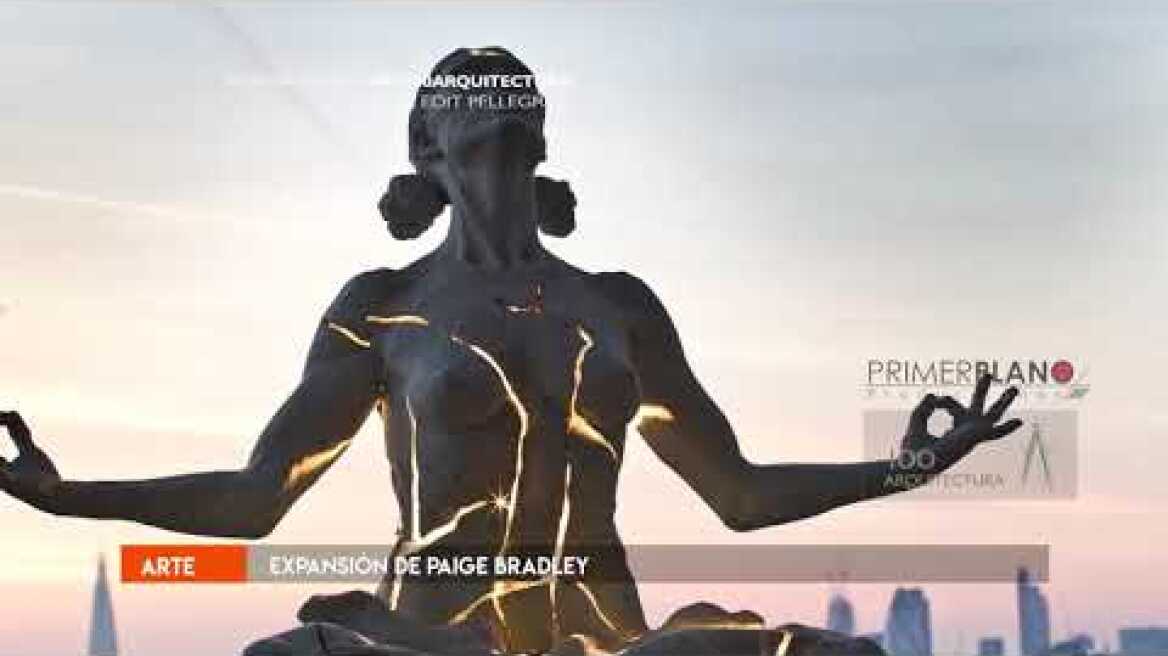
And that’s what I literally did, I picked up one of her sculptures, which I had been meticulously sculpting for months – a picture of a woman meditating in a lotus pose, and threw it to the ground to destroy it.
building the statue
The broken pieces, as described by the creator herself, were dipped in bronze and assembled in such a way that they stand out from each other. However, the main detail was the addition of a special system that “clashes” in the gaps and makes the statue glow from the inside. After completing the sculpt, Bradley admitted that the result was much better than she expected. Nevertheless, she achieved her goal as her work was included in the largest lists of the strangest and most impressive monuments in the world.

2. The Giant Child – “Planet” – Mark Quinn – Singapore
Statue floating in the air
An impressive statue of a giant floating baby was created by British artist Mark Quinn, in 2008. Its name is a planet and its main feature – what makes it particularly impressive – is that it gives the viewer the feeling that it is floating.
Watch the video: Placing the Giant Baby- “Planet” – Marc Quinn
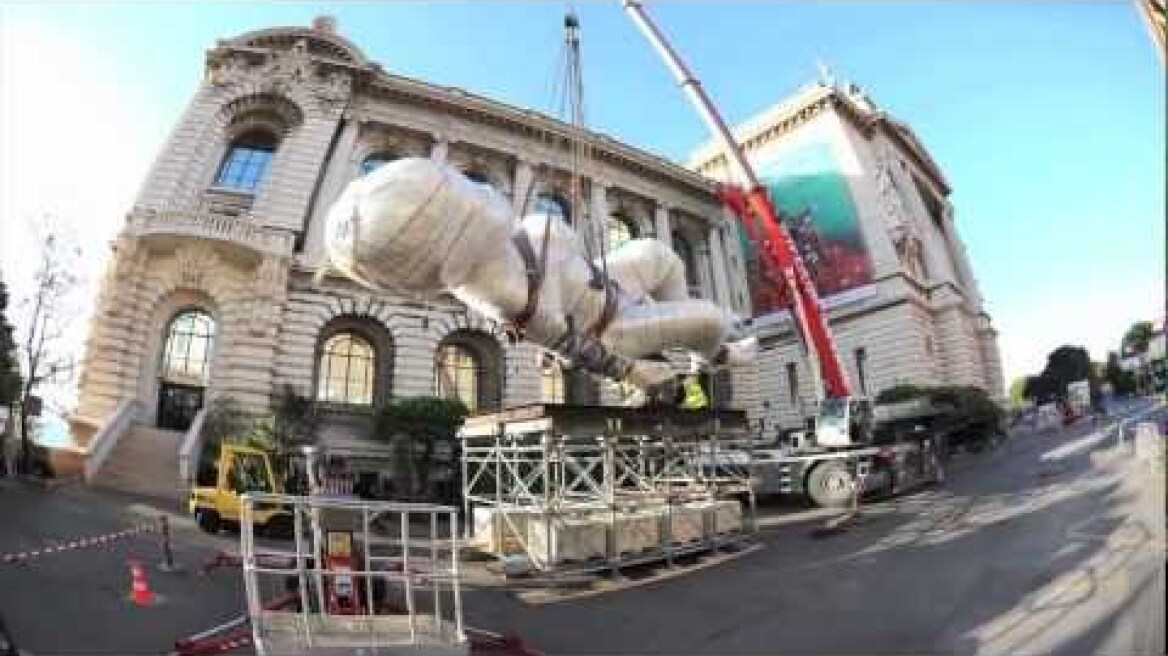
The giant statue measures 9 by 3 meters and weighs 7 tons. Made of bronze and steel and painted white.
Its creator stated that his inspiration for the sculpture was, in 2008, his then-newborn son, Lucas.
Many questions have arisen over the years regarding how such a heavy and large statue was able to give the impression of “flying” in the air. The project is now hosted in Singapore, in the Meadow District of Gardens by the Bay. The background there perfectly matches the statue, a perfect backdrop, with the blue sky and white clouds further emphasizing the illusion that the child is floating in the air.
Watch the video: Giant Baby – “Planet” – Marc Quinn
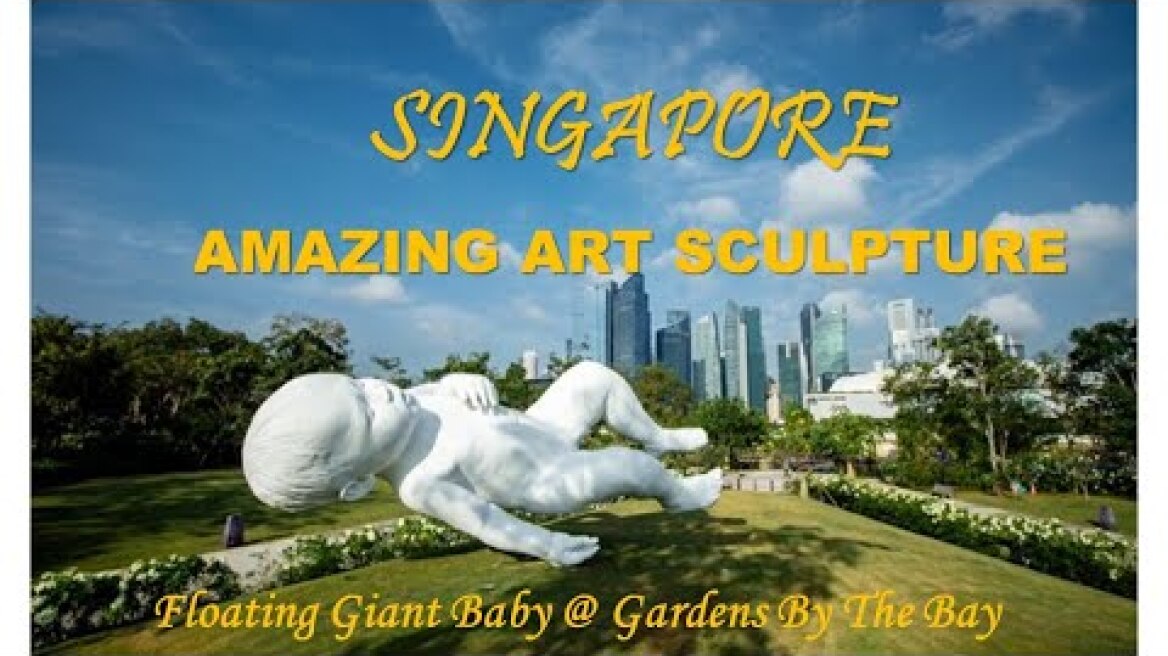
Created in 2008, it was first shown at the Beyond Limits Gallery of Contemporary Sculpture at Chatsworth House, and then in 2012 at The Littoral Zone, Musee Oceanographic in Monaco. This statue was later purchased and donated to Gardens by the Bay.

3- Architectural Fragment – Petros Spronk- MelbourneAustralia
Library sinks to the ground
A triangular pyramidal shape, made of steel, on which are affixed blue stone slabs. The statue is a large part of the state library buried in the sidewalk. The word “library” is partly written on the frieze, gilded with gold leaf. The stones are created and glued in such a way that they perfectly fit into the project, have a smooth transition with the ground and create the illusion that the building is sinking.
It is located outside the State Library of Victoria in Melbourne, Australia. Impressive is the way the sculpture itself is constructed and the deeper symbolism it hides as it represents the collapse of civilization and the transience of the present. Constructed in 1992 after a government commission, the sculpture was part of a broader art project that took place in the city.
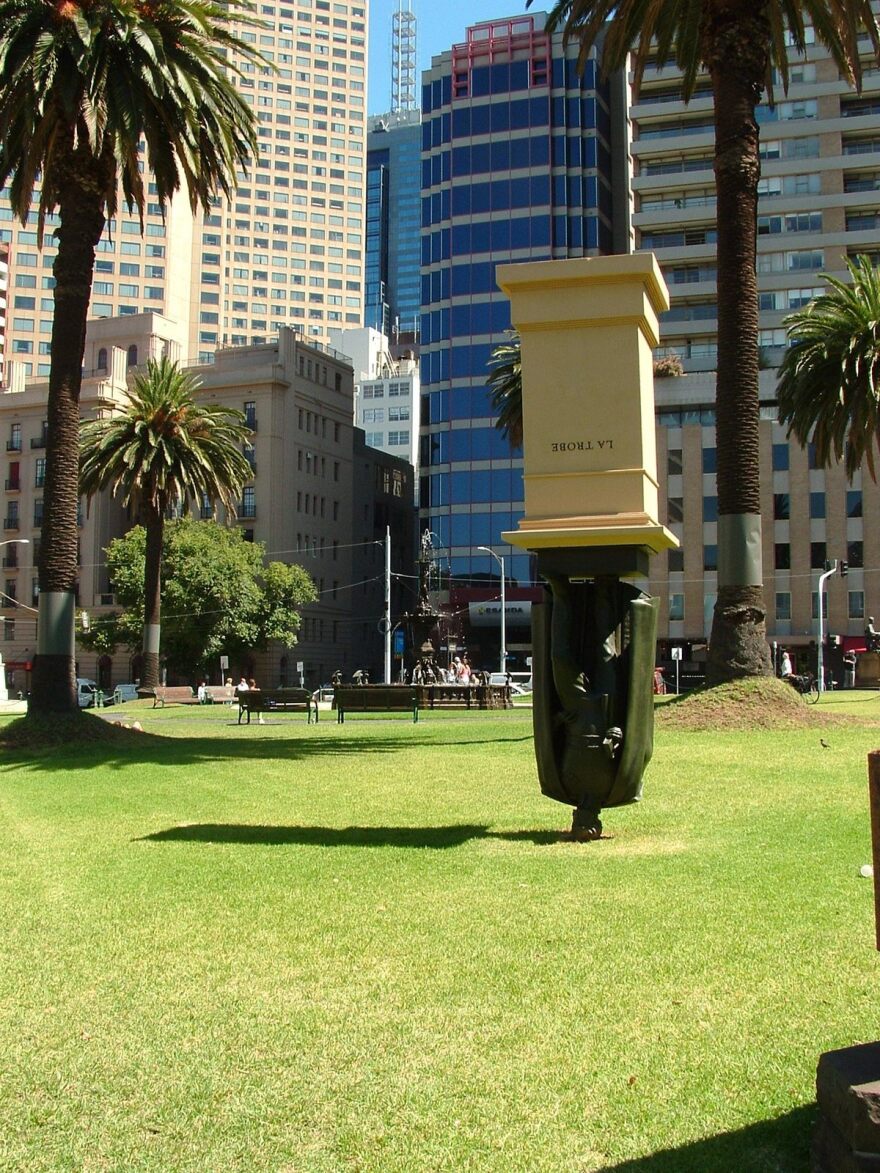
4. “Inverted Charles La Trobe Statue” – Charles Robb – Melbourne, Australia
Another statue out of the ordinary is the Inverted Latrobe Statue, officially known as the “Landmark”, created by Melbourne sculptor Charles Robb.
It is 16 feet tall and is located on the Bundora campus of La Trobe University. The statue was erected in 2004 and before it was placed in its current location, it was also briefly outside Parliament Railway Station, in Gordon Reserve.
It is made of polyester resin, fiberglass, polystyrene, polyurethane, and steel, and painted to resemble stone and bronze for a more traditional and upright monument.
And why exactly is he standing on his head?
Watch the video: Charles La Trobe’s Inverted Statue – Charles Robb
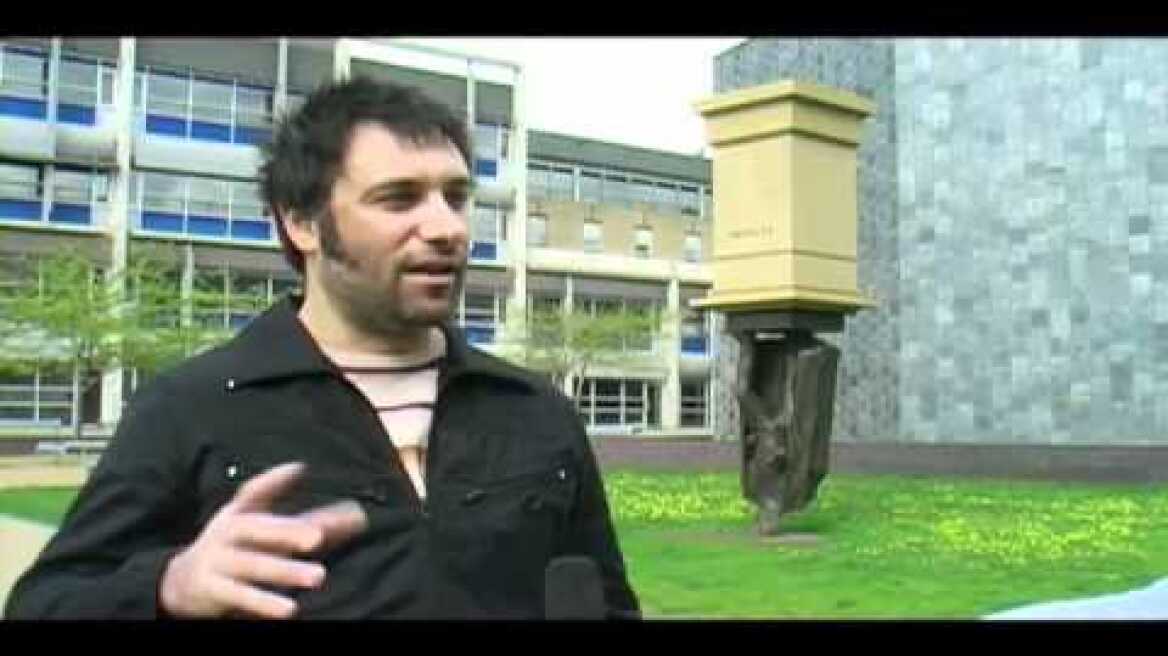
At times, there were many who claimed that it was disrespectful to Latrobe that the statue was upside down. But what is the real reason for this arrangement?
There are many explanations for the reversal and some deeper messages
There appear to be several reasons for Charles La Trobe’s reversal. According to the artist’s official description, “the work seeks to address the tension between the authority of a monument (as a cultural sign and a form of portraiture) and ‘not being seen’ in public, while simultaneously addressing (and subverting) the ‘spontaneous’ nature of a figurative monument.
In other words, the sculptor was trying to challenge traditional memory and use public monuments to historical figures. The description also notes how, ironically, the inverted monument elevated La Trobe’s image in a way that a more traditional statue could not, thanks to the media attention it generated.
The sculptor himself seems to have argued that the main reason for this unique architecture of the statue is mainly due to the fact that “the statue embodies the idea that universities should “turn ideas on their heads.” On the other hand, there have been other observers who have jokingly argued that the statue was upside down Because La Trobe is better known in England and that from an English perspective, the monument is not inverted at all.
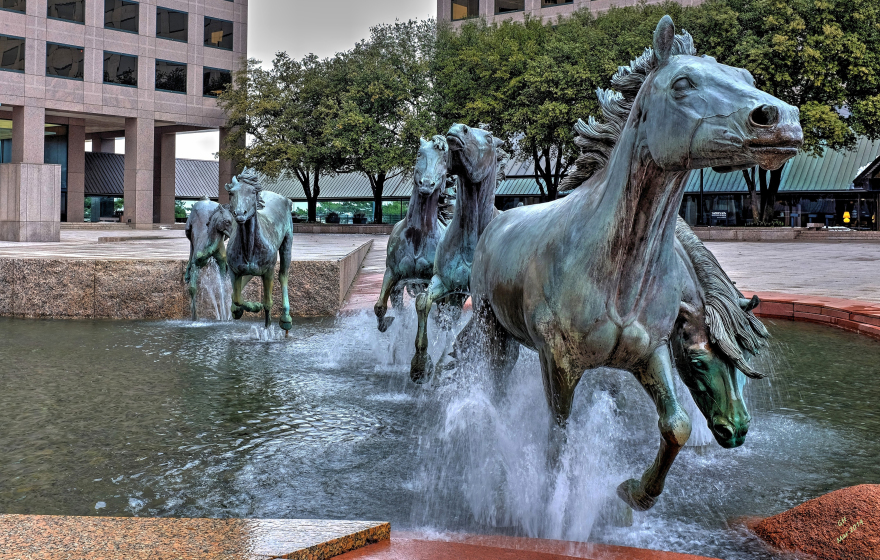
5. Mustang Las Colinas – Robert Glenn- Texas
And finally, one of the largest mass statues in the world. Many Mustangs are made of brass. It is 1.5 times the size of a real horse Mustang, although its beauty may slightly overshadow the tall buildings nearby, it is absolutely gorgeous. Thanks to their technology, they give the impression that they are really moving and rushing, and it is this realism that makes them so cool. At the feet of horses there are special fountains that simulate the vibration of water from their hooves.
Watch the video: Mustang Las Colinas – Robert Glenn


. “Certified social media geek. Passionate webaholic. Unapologetic music specialist. Food ninja.”


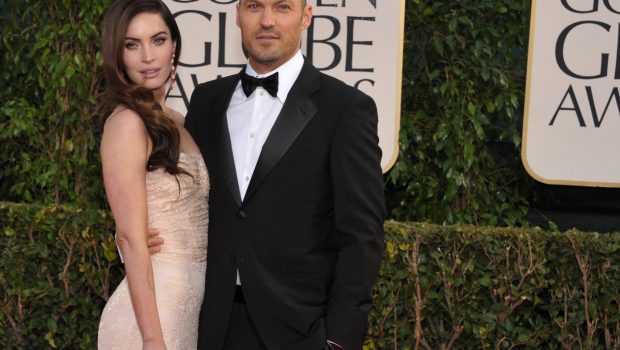
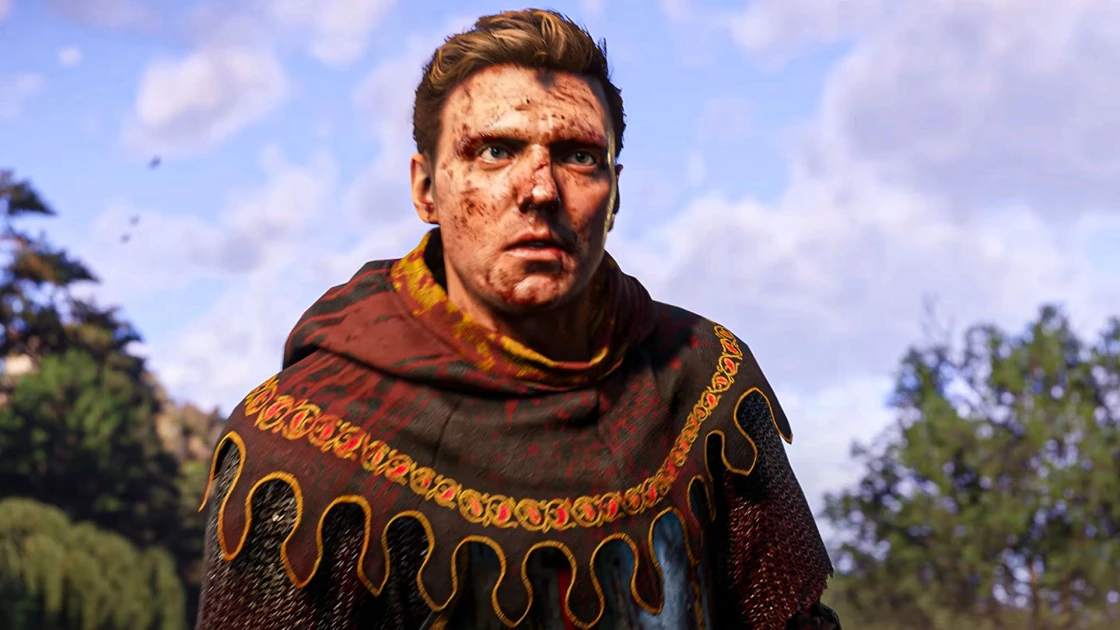

More Stories
Megan Fox was photographed without makeup and they were afraid to recognize her
Doll's Girls by Celias Krithariotis with Emily Ratajkowski
Evita and Hilda Eliopoulos: Dino Eliopoulos' daughters on a rare outing